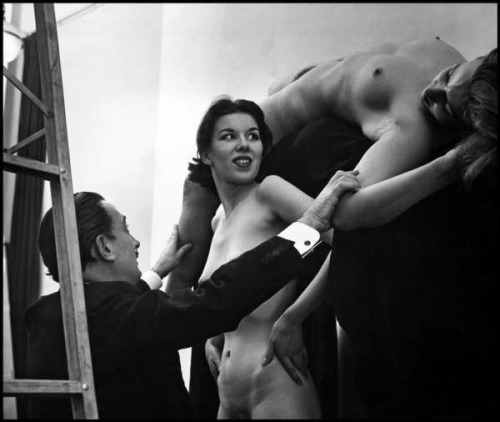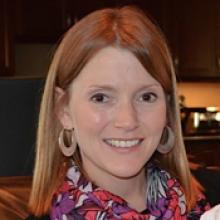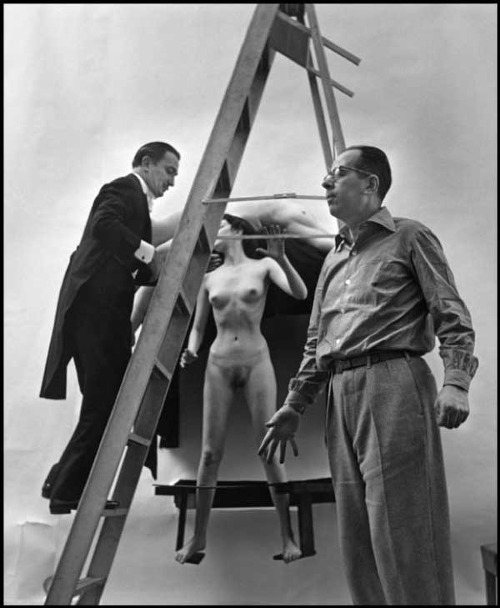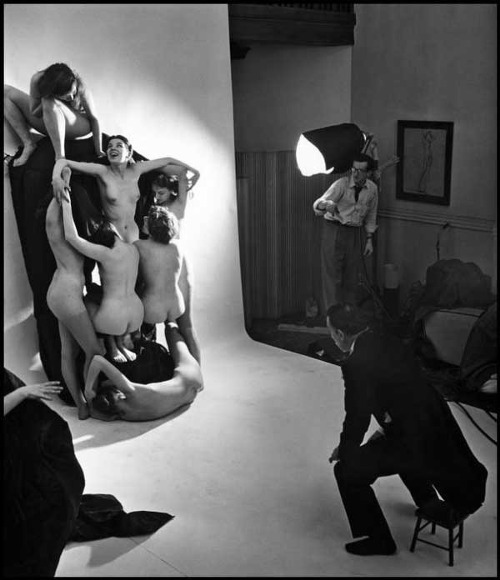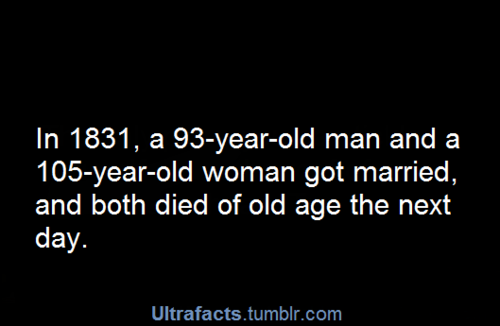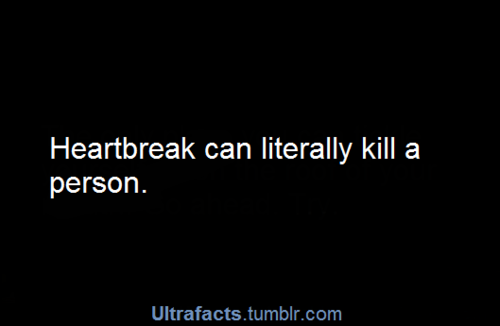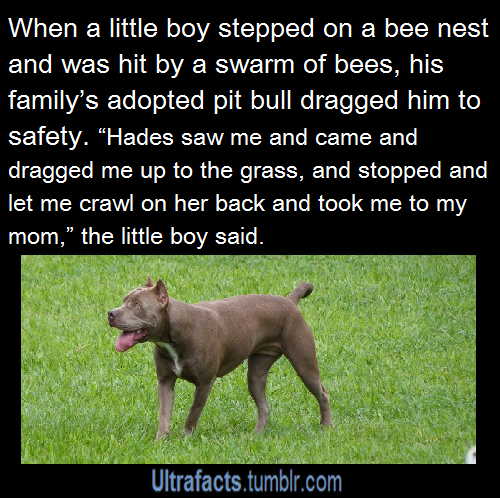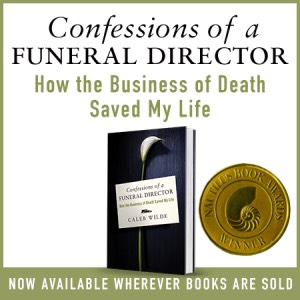Archive for year 2014
13 Unusual Death: Part 2
This list is from Wikipedia:
1923: George Herbert, 5th Earl of Carnarvon, died after a mosquito bite on his face, which he cut while shaving, became seriously infected with erysipelas, leading to blood poisoning and eventually pneumonia. Some have alleged his death is attributable to the so-called curse of the pharaohs.
1961: U.S. Army Specialists John A. Byrnes and Richard Leroy McKinley and Navy Electrician’s Mate Richard C. Legg were killed by a water hammer explosion during maintenance on the SL-1 nuclear reactor in Idaho.
1966: Skydiver Nick Piantanida died from the effects of uncontrolled decompression four months after an attempt to break the world record for the highest parachute jump. During his third attempt, his face mask came loose (or he possibly opened it by mistake), causing loss of air pressure and irreversible brain damage.
1971: Georgy Dobrovolsky, Vladislav Volkov and Viktor Patsayev, Soviet cosmonauts, died when their Soyuz-11 spacecraft depressurized during preparations for reentry. These are the only known human deaths outside the Earth’s atmosphere.
1974: Basil Brown, a 48-year-old health food advocate from Croydon, England, drank himself to death by consuming 10 gallons (37.85 litres) of carrot juice in ten days, causing him to overdose on vitamin A and suffer severe liver damage.
1977: Tom Pryce, a Welsh Formula 1 driver, was killed when struck on the head by a fire extinguisher when his car hit and killed a marshal who was running across the Kyalami race track to extinguish a burning car.
1978: Kurt Gödel, the Austrian/American logician and mathematician, died of starvation when his wife was hospitalized. Gödel suffered from extreme paranoia and refused to eat food prepared by anyone else.
1979: Robert Williams, a worker at a Ford Motor Co. plant, was the first known human to be killed by a robot, after the arm of a one-ton factory robot hit him in the head.
1979: John Bowen, a 20-year-old from Nashua, New Hampshire, U.S., was attending a New York Jets football game at Shea Stadium on 9 December. During a half-time show event featuring custom-made remote control flying machines, a 40-pound model plane shaped like a lawnmower accidentally dove into the stands, striking Bowen and another spectator, causing severe head injuries. Bowen died in the hospital four days later.
Why Funeral Directors Become Narcissists: Seven Reasons
There’s a fine line between being a funeral director and being a narcissist. We’re called to be directors, to display confidence, knowledge, authority and strength during people’s weakest moments. But this environment that asks us to lead can too often enable us to self-enhance. We talk over our heads, project authority in situations that are best left to the family and tense up in disdain whenever we’re questioned..
Unfortunately, many funeral directors become narcissists (the funeral industry also has a tendency to harbor narcissists who gravitate towards the pomp and professionalism of funeral service). And while it would be easy to simply call these guys and girls “jerks”, the situation is usually more complex. For many, the tendency for funeral directors to become self-absorbed isn’t a product of nature, but of nurture. And recognizing the environmental factors that produce narcissism in funeral directors is a big step in making sure we keep focused on the heart of the funeral industry: serving others. Here are seven factors that tend to produce narcissism in the funeral industry and therefore keep us from being the public servants we’re called to be.
One. Power.
Families come to us in despair, their minds clouded by grief and the unknown. They pay us to be the stable minds. And they give us power. They give us power every time they trust us with their deceased loved one and their grief. And when they give us that power, there’s a certain satisfaction that comes with treating that vulnerability with as much honor as we can.
But sometimes that power can bloat our egos.
Two. Praise.
Being told, “You’ve made this so much easier for us.” or, “Mom hasn’t looked this beautiful since she first battled cancer”, or “You guys are like family to us” means a lot to me. It’s important to know that what we’re doing is meaningful for the person we’re doing it for.
That verbal affirmation is a big reason why I continue to serve as a funeral director.
But that praise doesn’t mean we know it all. It doesn’t mean we’re never wrong. And it certainly doesn’t mean we’re the unquestioned authority on all things funeral.
Three. Pomp.
We get up in the morning, put on our nice clothes, park in the parking lots of our grandiose funeral home and pull out our grandiose Cadillac and Lincoln funeral coaches. Pomp has a tendency to make us think we’re important and to make us forget that all that pomp isn’t for us, it’s for the family we’re serving.
Four. Lack of Criticism.
So, when people ACTUALLY do question you, when your beliefs are questioned and when you’re criticized, it’s important for us to remember that we’re here to help families, not give them all the answers. Our pride isn’t in ourselves. Our pride is in service; and criticism — as hard as it is to hear — is often a very healthy way to enhance our understanding of how we can better serve.
Five. Secrecy and Professionalism.
Leon Seltzer writes, “(Narcissists are) highly reactive to criticism. Or anything they assume or interpret as negatively evaluating their personality or performance. This is why if they’re asked a question that might oblige them to admit some vulnerability, deficiency, or culpability, they’re apt to falsify the evidence (i.e., lie—yet without really acknowledging such prevarication to themselves), hastily change the subject, or respond as though they’d been asked something entirely different.”
The secrecy (which is often clouded in a pretentious form of professionalism) of the funeral industry often allows an out for narcissists. If their work is questioned or criticized, they will often pull the professionalism card
Six. Micro Markets.
There’s nobody that knows the people in your community better than you. You are the best person to serve those that walk through your door. YOU have poured yourself into the community, you have give your holidays, your late nights, your overtime for people. And sometimes we feel like we know our market so well that we know it better than the ones we serve. I’ve seen it happen. You may have invested decades into your community, but that doesn’t mean you these are “my families” and “my people.”
Seven. Education.
In a culture of death denial, we are one of the few segments of the population that think about death on a regular basis. And in a culture that rarely thinks about death, it doesn’t take much knowledge to feel like a “death expert”.
Let’s just make a couple things clear: funeral directors aren’t psychologists, we aren’t philosophers, we aren’t grief experts and because there’s such a vast array of funeral customs and practices, we aren’t even funeral experts. Sure, you know your demographic, but your demographic is a very small sample of global funeral customs. Narcissists have grandiose sense of self-importance and often times this leads to funeral directors thinking they are the end all be all of death education.
When Your Obituary is Part of Your Suicide Note
Brent Taylor from Ontario brought this obituary from the Winnipeg Free Press to my attention:
LISA STARK
LISA STARK April 21, 1970 – September 12, 2014 Peacefully and on my own terms, I left this world on September 12, 2014. I am survived by my parents, Robert and Elaine Stark, my sister, Shawna Downey (Darin), and my sweet niece and nephew, Jordan and Joey. Since adolescence I have struggled with mental illness; it has caused pain and suffering not only to myself, but to my family and friends. We can finally rest. A celebration of my life will be held on Friday, September 26, 2014 at 7:00 p.m. at The Winnipeg Squash Club located at 275 Stradbrook Ave. In lieu of flowers, donations can be made to Klinic Community Health Centre (www.klinic.mb.ca). “I do not fear death. I had been dead for billions and billions of years before I was born, and had not suffered the slightest inconvenience from it.” Mark Twain.
LISA STARK April 21, 1970 – September 13, 2014 It is with sadness that we announce the passing of Lisa on Saturday, September 13, 2014. A celebration of Lisa’s life is being planned and a longer notice will follow. Family and friends may sign a Book of Condolence at www.glenlawn.ca. Glen Lawn Funeral Home.
THE MAKING OF “IN VOLUPTAS MORS”
WARNING: The following post contains artistic nudity. Although this isn’t pornagraphic in nature, please use caution if you are offended by naked bodies.
If you have interest in death related art, you’ve at least seen the final product of Salvador Dalí’s work floating around your studies and searches. You may also have some understanding of the meaning behind this particular piece. “In Voluptas Mors” depicts the fusion of eros (erotic or sexual love) and thanatos (death). In Greek mythology, “Voluptas” is the daughter of Eros and Psyche and the goddess of “sensual pleasure”. “Mors” was the Roman god of Death (the equivalent of the Greek “Thanatos”). The final image that you will see below presents a fusion of eros (erotic or sexual love) and thanatos (death) in a single object (therefore, in voluptas mors — quite literally one finds “death in the voluptuous”).
The relationship between Eros and Thanatos has been a topic of conversation for Freud, Becker and eco-feminists such as Beverly Clack (author of “Sex and Death”). While interpretations of Eros and Thanatos different, they present two of the most fundamental and stigmatized facets of humanity. Eros and Thanatos are — in a word — scandalous, much like Dali’s work presented below.
If you feel disturbed by the “In Voluptas Mors”, well … that’s part of Dali’s intention. While it’s slightly scandalous now, you can imagine the how it may have been interpreted when it was created in 1951.
So, here’s the process of how the photo was made. It took some three hours to maneuver the models in place. And thankfully, no one ate burritos the night before the photo was taken.
